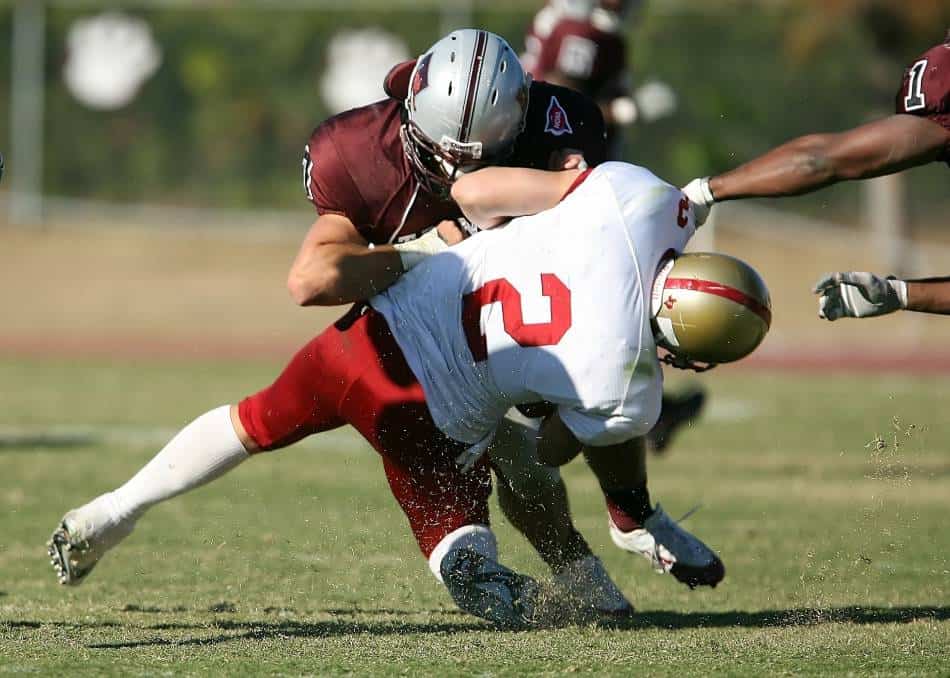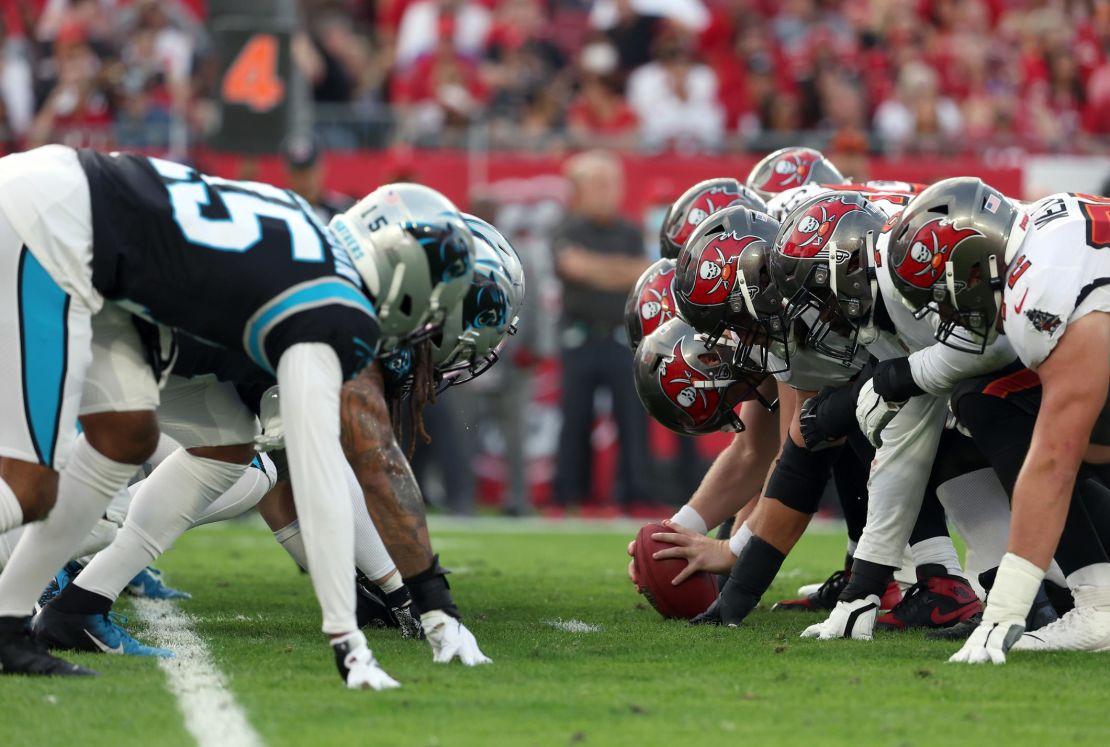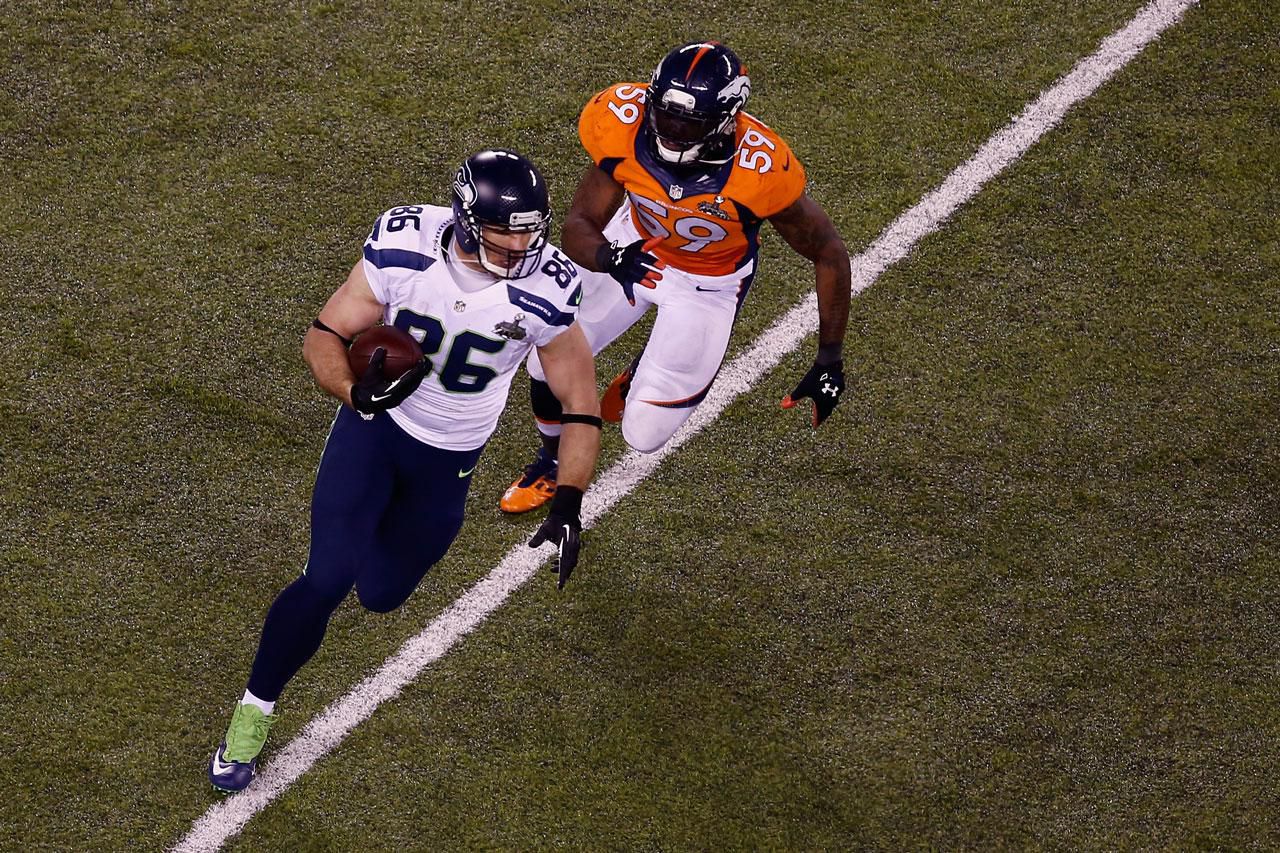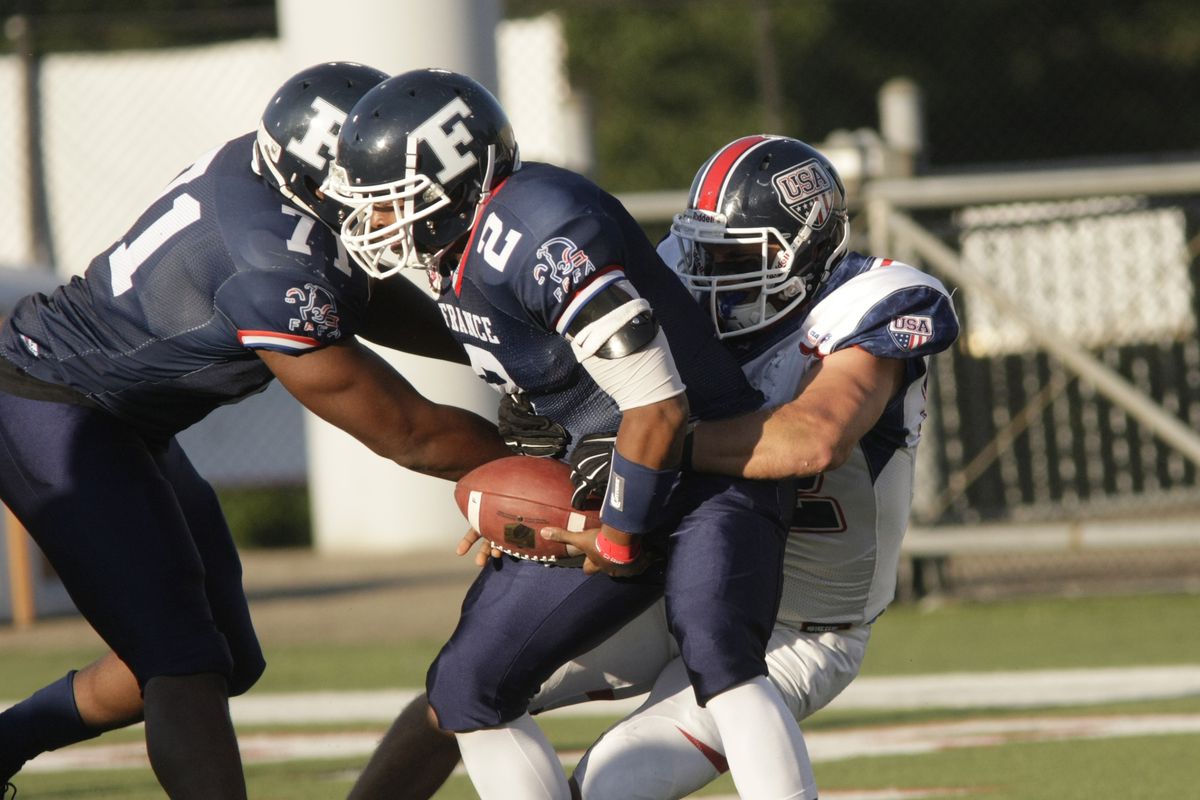 I. Introduction
I. Introduction
The offside rule in football is an essential aspect of the game that every player, coach, and fan should understand. It can greatly impact the outcome of a match and shape the strategies employed by both teams. In this blog post, we will delve into the importance of understanding the offside rule and provide a comprehensive explanation of its various components.
II. Offside Rule Explanation
A. Definition and Application
To begin, we need to establish a basic understanding of what offside means in football. Offside is a rule which prevents players from gaining an unfair advantage by positioning themselves closer to the opponent’s goal than both the ball and the second-to-last defender.
This rule is applied when a player is involved in active play by receiving the ball from a teammate or influencing an opponent’s ability to play the ball. If a player is in an offside position at the moment the ball is played to them by a teammate, they will be penalized unless certain conditions are met.
B. Offside Position
Being in an offside position means that a player is closer to the opponent’s goal than both the ball and the second-to-last defender, regardless of whether they are actively involved in the play or not. It is important to note that being in an offside position does not necessarily mean an offense has occurred.
Several factors come into play when determining an offside decision. Firstly, the position of the second-to-last defender is crucial. If any part of the attacker’s body is ahead of this defender at the moment the ball is played, they are considered to be in an offside position.
Secondly, the timing of the pass is also important. It is important for players to have a good sense of timing.
C. Offside Offense
If a player is in an offside position, the next step is to determine if they have committed an offside offense. This is where the concept of active involvement in play comes into play. If a player in an offside position becomes actively involved in play by interfering with an opponent or gaining an advantage from their position, an offside offense has occurred.
Differentiating between passive and active offside positions is crucial. If a player is not actively involved in the play, such as by standing still and not attempting to play the ball or interfering with an opponent, they will not be penalized for being in an offside position.
III. Offside Enforcement and Penalties
A. Decision-Making Process
Assistant Referees: The Role of Linesmen in Enforcing Offside
- The primary responsibility of assistant referees (often referred to as linesmen) in football matches is to assist the referee in making decisions, including offside calls.
- Assistant referees closely monitor the positioning of players in relation to the second-to-last defender to determine if an offside infraction has occurred.
- They use their judgment, experience, and positioning on the sidelines to make accurate decisions regarding offside.
Factors Influencing the Decision-Making Process
- Visual Perception: Assistant referees must have sharp eyesight to accurately judge the position of players in real-time. They need to be aware of their position on the field and use their line of sight to make accurate decisions.
- Player Positioning: The position and movement of the players involved in an offside scenario can influence the assistant referee’s judgment. Quick movements or positioning adjustments can make offside calls more challenging to determine accurately.
B. Offside Infractions and Penalties
Free Kick Awarded to the Opposing Team
- When an offside infraction is recognized, the opposing team is awarded a free kick from the spot where the offside infraction occurred.
- The free kick provides an opportunity for the non-offending team to gain possession or create a goal-scoring opportunity.
Player Misconduct and Yellow Card Possibility for Deliberate Offside Offenses
- In certain situations, deliberate offside offenses may result in a yellow card shown to the player who committed the infraction.
- Deliberate offside offenses occur when a player purposely positions themselves in an offside position to gain an unfair advantage or disrupt the play of the opposing team.
IV. Impact of Offside on the Game
A. Tactics and Strategies
Offside Trap: Defensive Strategy to Catch Attacking Players Offside
- When executed properly, defenders move forward in unison, timing their movements to catch opposing players in an offside position when the ball is played.
- The offside trap can disrupt attacking plays, force turnovers, and provide an advantage to the defending team.
Building Attacking Plays while Avoiding Offside Positions
- Players need to be aware of their positioning in relation to the last line of defense and time their runs appropriately to maintain an onside position.
- Effective communication and understanding between teammates are crucial to successfully execute attacking plays while avoiding offside positions.
B. Flow and Tempo of the Game
Impact of Offside Calls on Game Momentum and Player Confidence
- Offside calls can influence the flow and momentum of a football match.
- When an attacking team repeatedly commits offside infractions, it can disrupt the rhythm of their play, providing an advantage to the defending team.
- Conversely, an incorrectly called offside can lead to frustration and a loss of confidence for attacking players who believe they had a legitimate goal-scoring opportunity.
Strategies Used to Exploit the Offside Rule
- Quick Counterattacks:
Teams may strategically position players in offside positions and then quickly transition into an attacking play upon receiving a long pass or through-ball, hoping to catch the defenders off guard and create a goal-scoring opportunity. - Infiltrating the Defensive Line:
Skilled attackers may purposefully make runs to the edge of the offside line, testing the defenders’ timing and positioning. This strategy aims to create confusion and exploit any potential defensive breakdowns.
In conclusion, understanding the offside rule and its enforcement is crucial to appreciating the dynamics and strategies involved in the game of football. The decision-making process of assistant referees and the penalties associated with offside infractions ensure fairness and maintain the integrity of the sport. Additionally, the tactical implications of the offside rule influence both defensive and attacking strategies, affecting the flow, tempo, and momentum of the game.




